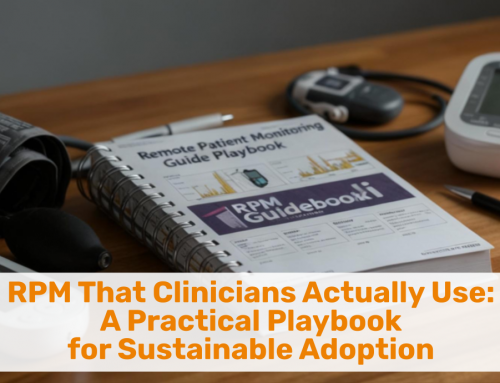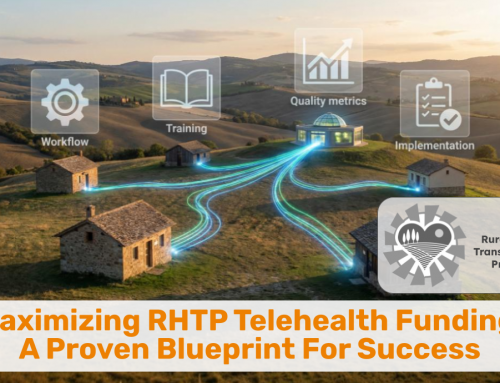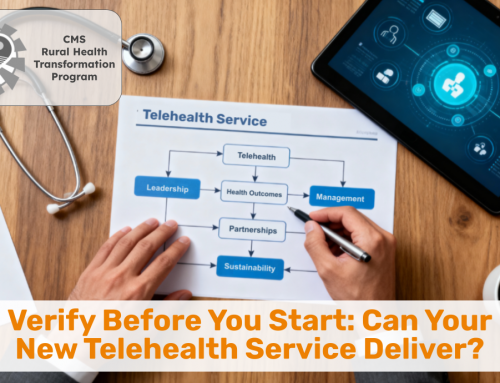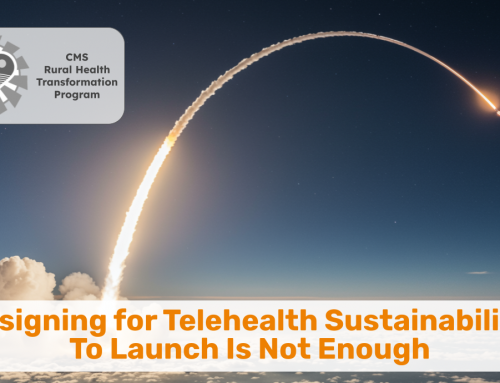Telehealth has experienced a meteoric rise in adoption over the past few years, driven largely by necessity during the pandemic.
Patients, having experienced the convenience of virtual care, have increasingly expressed a preference for telehealth services. However, despite this enthusiasm, many healthcare providers remain skeptical about its long-term viability and effectiveness.
This disconnect presents a critical challenge: How can we bridge the gap between provider hesitancy and patient demand to create a sustainable telehealth model that benefits all stakeholders?
Understanding Provider Skepticism
A McKinsey report from a few years ago highlights a striking contrast: While patients continue to seek telehealth options, many physicians expect a decline in virtual visits in the coming years. Their concerns range from issues of care quality and patient engagement to reimbursement policies and the limitations of remote diagnostics. Some of the key reservations among providers include:
-
Perceived Quality of Care: Many clinicians worry that telehealth lacks the hands-on interaction needed for accurate diagnoses, particularly for complex or nuanced conditions.
-
Patient-Provider Connection: Virtual visits can sometimes feel impersonal, making it harder to build strong relationships and trust between patients and providers.
-
Regulatory and Reimbursement Challenges: Telehealth reimbursement policies remain inconsistent across states and insurers, creating financial and administrative hurdles and uncertainty.
-
Technology Barriers: Both providers and patients may struggle with technical issues, from unreliable or limited internet connectivity to discomfort with digital platforms.
Why Patients Embrace Telehealth
Despite these concerns and experiences, patients have largely embraced telehealth for its accessibility, convenience, and time-saving benefits. Virtual visits eliminate travel time, reduce wait times, and provide an alternative for those with mobility limitations, chronic conditions, or limited access to in-person healthcare facilities. Surveys indicate that many patients prefer having the option of virtual care, particularly for follow-ups, mental health consultations, and routine check-ins.
Improving Alignment
To address clinician skepticism and align telehealth offerings with patient needs, healthcare leaders must change their mindset and take proactive steps:
Hybrid Care Focus: Telehealth must be understood not as a replacement for in-person care, but as a clinical tool to ensure the continuity of care or simply to provide access to care — an adjunct to in-person visits.
When this notion is explicitly emphasized by leadership, clinicians can feel more comfortable adopting it in appropriate scenarios. The goal should not be to increase telehealth visits, but to decrease no-shows, cancellations to increase the continuity of care.
Providing Clinician Training & Support: Equipping providers with standardized best practices for virtual care can increase confidence in telehealth’s effectiveness and ensure high-quality patient interactions.
“Competence begets Confidence” and in my experience in working with clinicians for over 20 years, I have learned that clinicians more like any other profession strongly dislike not being in control of the situation. Their focus is, and should be, on providing patient care, and any technical hurdles that take away from that focus is met with great impatience.
We train all clinicians at our clients on the best practices of “webside manners” — from how to maintain eye contact to how to call out background distractions. For primary care and specialty care telehealth training we employ best practices for virtual care exams and appropriate documentation.
“Here’s a webcam and a link to your video room” is not appropriate training. More thought has to be put into training and supporting clinicians if we want them to become competent to get telehealth-confident.



Enhancing Clinical Guidelines: The delivery of care is all about safety and has precedent in concepts such as the scope of practice between nurses and clinicians or advanced practice providers and physicians.
Yet very few organizations have actually compiled or agreed on the appropriate circumstances as to when telehealth would be a viable care delivery option. This leaves the decision making to the clinician, with much ambiguity.
One step in the right direction is the definition of Clinical Guidelines that can double as guidance to scheduling staff as to when a same-day appointment or a follow up visit would be appropriate for telehealth.
For one of our clients, a rural community health center, we facilitated the development of symptoms for same-day appointments with three categories: suitable for telehealth, not suitable for telehealth, and refer to a nurse for triage.
Optimize for the Clinician and Patient Experience: The secret to an extraordinary telehealth experience lies in the careful design of the workflows. The goal should always be: How can we create a satisfying experience for both patients and clinicians?
These days, I see many telehealth leaders in healthcare organizations having little to no insight as experience that patients go through, across the spectrum of different digital devices and varying degrees of digital literacy. Even a simple 3 x 3 grid with smart phone, tablet, computer and high, medium, low literacy yields different scenarios for which most organizations have not optimized the patient experience.
Because of the vocal complaints of physicians, more attention is paid to the clinician experience, though some clinicians simply accept the cumbersomeness as par for the job in the digital age.
Overcoming Skepticism, Building Trust
The future of telehealth lies in creating a balanced approach that meets both patient expectations and clinician concerns. By addressing skepticism with evidence-based solutions, enhanced training, and improved policies, every healthcare organization can create a wide array of telehealth services that is both sustainable and effective and ultimately improves health outcomes.
Telehealth is not about replacing traditional healthcare but to enhance it: leveraging technology to provide better, more accessible care for all.
Want to learn more about our webside manners and virtual exam training? Then schedule a brief call with me.
How has your organization addressed clinician skepticism? Post your insights in the comments below.








To receive articles like these in your Inbox every week, you can subscribe to Christian’s Telehealth Tuesday Newsletter.
Christian Milaster and his team optimize Telehealth Services for health systems and physician practices. Christian is the Founder and President of Ingenium Digital Health Advisors where he and his expert consortium partner with healthcare leaders to enable the delivery of extraordinary care.
Contact Christian by phone or text at 657-464-3648, via email, or video chat.






